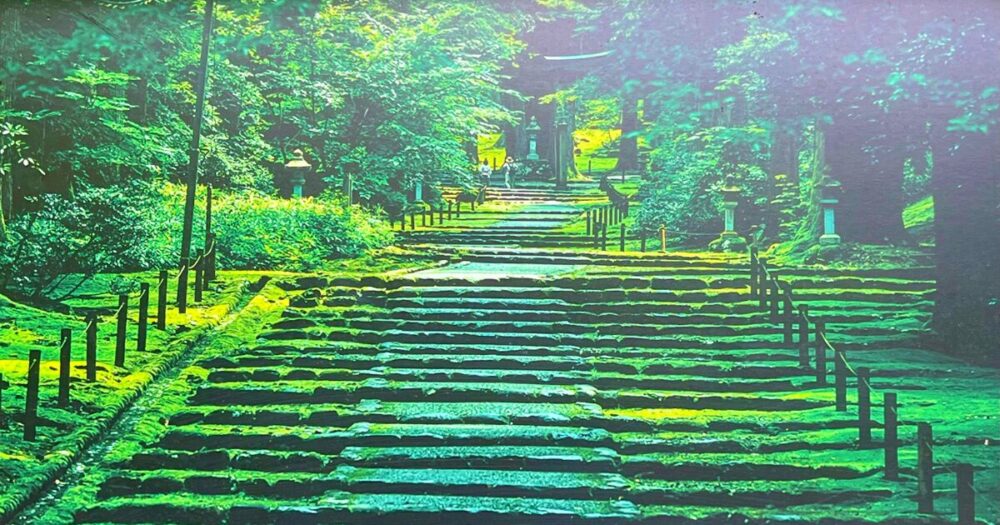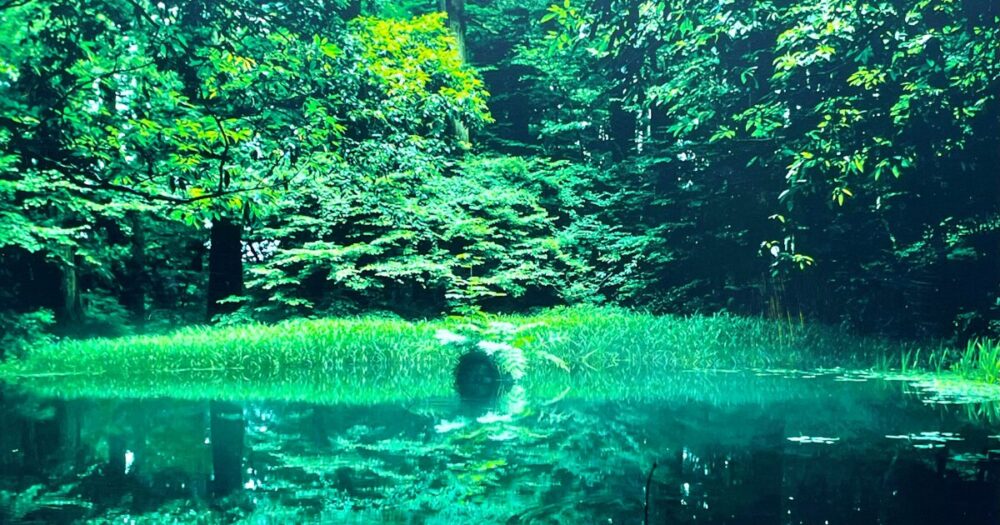During the Golden Week holiday, I had the opportunity to visit Ise Jingu, and I also decided to visit Heisenji Hakusan Shrine in Fukui Prefecture, which has a historical connection to Ise Jingu. Heisenji Hakusan Shrine is located in Fukui Prefecture and enshrines the revered Hakusan, one of Japan’s most sacred mountains. However, the shrine is not just about worshipping Hakusan. It is home to various deities, each with fascinating origins and unique characteristics. In this article, we will focus on the deities enshrined at Heisenji Hakusan Shrine and explore their allure.
For more information about Ise Jingu, click here.
What is Heisenji Hakusan Shrine in Fukui Prefecture?
Heisenji Hakusan Shrine in Fukui Prefecture was founded in 717 by the great Buddhist monk Taichou Daishi and has been a significant center of Hakusan worship. Although the entire mountain was burned down during its peak in the Muromachi period, it was later rebuilt and has been revered by many people from the Edo period to the present Reiwa era. This shrine is located within Hakusan National Park and is known for its vast grounds and natural beauty, including stone-paved paths and beautiful moss.

Who was Taichou Daishi?
Taichou Daishi was a monk from Fukui Prefecture who, while training on Mount Ochi, responded to a call from the goddess (Hakusan Daigongen) and traveled to Katsuyama, reaching the eastern spring. This origin is marked by the “Mitarai Pond,” which means “spring welling up from the slope.” Praying at this pond, the goddess reappeared, urging Taichou to climb Hakusan. Along with two other practitioners, Jodenshoja and Fushikoja, Taichou ascended Hakusan and engaged in long-term training. This event marks the beginning of Hakusan worship. After descending, they built a shrine to enshrine Hakusan Daigongen near Mitarai Pond, where they continued their training. This marked the origin of the current Heisenji Hakusan Shrine.
Taichou Daishi dedicated himself to the rituals of Hakusan on its summit during the summer and trained in various locations around Heisen and Hakusan’s foothills for the rest of the year. His fame spread, leading the Kyoto court to invite him to perform prayers during a smallpox epidemic. He spent his later years at his initial training ground, Mount Ochi, where he passed away in 767 at the age of 86.
Which Deities are Enshrined? The Mysterious Power of Mitarai Pond and the Sacred Tree

Ascending the moss-covered stone steps, you’ll find a small pond to your left. Descending the stone stairs towards the pond, a small torii gate becomes visible, facing the pond. In the pond’s center is a small island. Legend has it that Taichou Daishi met the deity Izanami no Mikoto here, who revealed that this was the sacred spot. The view through the torii, surrounded by trees, and the thin tree on the small island, reflecting in the pond, gives a mystical and beautiful scene reminiscent of Izanami no Mikoto. In front of the torii stands a sacred tree said to have been planted by Taichou Daishi 1200 years ago. Despite never being struck by lightning or felled, its straight trunk splits into three branches, symbolizing the three peaks of Hakusan (Gozenmine, Onanji, and Betsusan) and their respective deities. Although small, this pond holds great significance, and visitors are encouraged to descend and experience its mystical power.
Sugawara no Michizane
In addition to Hakusan, the shrine also enshrines various other deities, including the renowned Sugawara no Michizane, a scholar and politician from the Heian period. He is widely worshipped as the god of learning. The shrine dedicated to Sugawara no Michizane within Heisenji Hakusan Shrine is an important site for those seeking academic success and wisdom.
The Tragedy of Heisenji Hakusan Shrine
As the fame of Hakusan and Heisen spread, more high-ranking monks and nobles desired to train at Hakusan. In 832, climbing paths were developed from the Echizen (Fukui Prefecture) side as well as from the Kaga (Ishikawa Prefecture) and Mino (Gifu Prefecture) sides. Initially, Heisen received little protection, but it flourished after the completion of the Enryakuji temple hall at Mount Hiei, confirmed to have been established in 1172. Subsequently, the shrine’s name was changed to “Heisenji.” During the Muromachi period, it became a center of politics, economy, and culture. However, internal strife and attacks from the Ikko Ikki (a group of militant Buddhists) led to its destruction in 1574. Rebuilt by the monk Kenkai Shonin, it continued to receive recognition from the shogunate throughout the Edo period. Although it never fully recovered as a large city, the shrine experienced a new beginning after being incorporated into Kaga in the Meiji period and losing much of its territory. Today, the shrine remains surrounded by magnificent nature, attracting many visitors with its beauty.
Conclusion
Founded in 717 by Taichou Daishi, who encountered Izanami no Mikoto during his training, Heisenji Hakusan Shrine has been a significant center of Hakusan worship. Despite being burned down during the Muromachi period, it was rebuilt and has been revered from the Edo period to the present day. The shrine, located within Hakusan National Park, boasts a naturally beautiful environment. It also highlights Taichou Daishi’s life and the origins of Hakusan worship, including his rituals and activities at various training sites. Additionally, the shrine features a sacred tree with a 1200-year history and Mitarai Pond, where Izanami no Mikoto appeared, providing a profound experience for visitors. The shrine’s rich history and serene natural setting make it a must-visit power spot.



